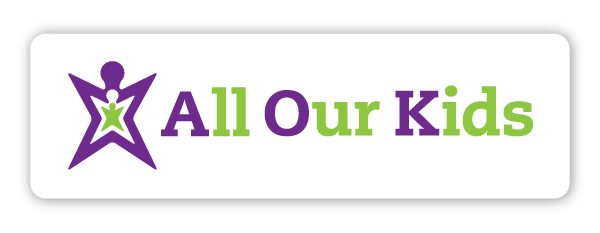How a Case Progresses Through the System
Adapted from AOK’s Guidebook, “It Takes a Village“

DCF’s practices and policies with regard to foster care can be complicated and idiosyncratic. As we’ve described previously, these practices are not always standardized and can vary from office to office, or even social worker to social worker. However, there are a series of typical milestones that form the backbone of how a case moves through the foster care system. Although there is always some variation from case to case, here we present the typical schedule and tell you what to expect at each step. We will present this in a pretty linear and straightforward way, and sometimes it does feel that way. However, things can change relatively quickly in a child’s foster care placement, sometimes without much notice, which can be very jarring for foster parents. Also, it is important to highlight how intricately tied this process is with the juvenile court system. For an entire chapter on the relationship between DCF and the court system, check out AOK’s Guidebook.

The 72-Hour Hearing
This is the initial custody determination to be made right after a child is removed from their parents’ custody. In theory, it’s to be held within three days, hence the name. After this hearing, a judge will rule either that the children in question need to be returned to their parents’ custody immediately, or that the children can remain in foster care (more on this hearing in the next chapter). If the child remains in care after the 72 hour hearing, there are many milestones that happen: a six-week review, foster care review (every 6 months), and permanency planning conferences. Each one of these can either extend or shorten the anticipated timeline of the child remaining in care and the outcome is typically dependent on birth parents completing the tasks listed on their action plans (described below). The timeline of the case is dependent on parent’s progress and DCF’s monitoring and oversight, and is therefore incredible hard to predict.
Visits to Your Home
During the time a child is in foster care, you can expect several people to visit your home on a fairly regular basis. These include:
- Child’s social worker (monthly)
- Family resource worker (monthly for the first 6 months of your foster care journey, then every other month)
- Child’s attorney (expected quarterly, but varies significantly)
- Other court personnel (e.g., probation officer, court investigator, CASA worker; visit frequency varies)
6-Week Placement Review
This meeting occurs approximately six weeks after a child enters foster care, or returns to foster care after being with their birth family for at least 6 months. The meeting includes the entire team working with the child and birth family. In this meeting, the team will review currently known information about the child and family, the current foster care placement, and the child’s needs. DCF will ask you to provide your observations of the child. In many (though not all) cases, foster parents are asked to complete a formal Observation Log, starting within three days after the child is placed in your home (DCF will provide this if necessary). Unlike foster care reviews (described below), 6-week placement review meetings are not as consistently held across the state.
Foster Care Review
This meeting is held every six months, while a child is in care. Depending on how many individuals are involved in a case, the meeting can be quite large. Birth parents (birth mother and her children’s father(s)), children over 14, foster parents, all relevant social workers, and a 3-member review team all participate in the meeting. Parents’ and children’s attorneys are also invited to participate, but do not consistently attend.
During the meeting, the team will review the birth parents’ progress toward reunification with their children, how children’s needs are being met in foster care, and the degree to which all parties (birth parents, DCF, foster parents) are meeting their respective responsibilities. The review committee will make recommendations about any changes that need to be made to the trajectory of the case. Importantly, an outcome of a foster care review is just that – a recommendation. The foster care review committee has no authority in and of itself and cannot mandate any particular outcome. Typically, the committee will recommend whether or not the child’s goal should change (to adoption from reunification, to reunification from adoption, or perhaps to kinship care if that is an option).
Permanency Planning Conference (PPC)
If the foster care review committee makes a recommendation that is different from what is currently happening in the case (e.g., a goal change, typically), this triggers an internal meeting within DCF. Called a “permanency planning conference” (“PPC” for short), the DCF team will review the case with the DCF legal department, discuss the recommendations, and potentially change the child’s goal. Foster parents are not part of this meeting and sometimes don’t even know it has happened. In practice, a PPC typically follows the recommendation of the foster care review committee, but such is not always the case. PPC’s can also occur outside of the timeline of a foster care review recommendation.
The number of PPC’s in any single case depends on the length and trajectory of the case. In straightforward cases, a PPC will never occur (because a child has a reunification goal and is reunified), or will only occur once (when the FCR recommends a goal change). However, in lengthier or more complicated cases, multiple PPC’s can occur over time, resulting in various goal changes and reversals. Additionally, multiple children in the same family can have different goals, which further complicates the situation.
